Wastewater contains a variety of harmful substances, such as organic matter, heavy metals, and bacteria, which, if discharged directly without treatment, will pose a serious threat to the environment and human health. Wastewater treatment is an important part of protecting our environment and ecosystem. Knowing the facts about wastewater treatment is essential to preserving our water resources and protecting a healthy environment.
Definition Of Wastewater
What is wastewater?
Wastewater is water that has been used, discharged, or discarded, often with various contaminants and impurities that make it no longer suitable for direct use for drinking, industrial production, or other purposes. Wastewater comes from various sources, including domestic, industrial, agricultural, medical, and other activities.
Sources Of Wastewater
Domestic sweage: Also known as watsewater, comes from the domestic use of water in homes and commercial buildings, including bathing, toilet drainage, and kitchen wastewater. This wastewater usually contains organic matter, solid waste, microorganisms, and other pollutants.
Industrial wastewater: Wastewater from industrial processes typically contains a variety of chemicals, heavy metals, organic compounds, and other industrial pollutants. The nature of industrial wastewater depends on the specific industry and process.
Agricultural wastewater: Wastewater from agricultural activities such as irrigation, farm drainage, and farming. This wastewater may contain pesticides, fertilizers, and plant and animal wastes.
Medical wastewater: This includes wastewater from medical facilities and laboratories, and usually contains biohazardous wastes and pharmaceutical residues.
Wastewater treatment plants: Cities and towns usually have wastewater treatment plants that treat wastewater from residential and commercial sources. After proper treatment, wastewater treatment plants discharge wastewater into natural water bodies.
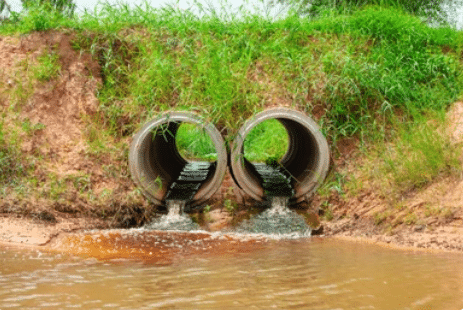
Pollution And Impacts Of Wastewater
Wastewater pollution is the presence of harmful or noxious substances in wastewater that may hurt the environment and human health.
Types of pollutants
Organic matter: Organic substances such as domestic wastewater in sewage and organic compounds in industrial wastewater can lead to eutrophication, decay, and oxygen depletion in water bodies.
Heavy metals: Certain heavy metals, such as lead, mercury, and cadmium, can be present in wastewater and can be toxic to aquatic life and human health.
Bacteria and pathogens: Wastewater can contain bacteria, pathogens, and parasites that can lead to contamination of water sources and the spread of infectious diseases.
Nutrients: Excessive amounts of nitrogen and phosphorus originating from agriculture and sewage treatment can lead to the eutrophication of water bodies, triggering cyanobacterial blooms and the collapse of aquatic ecosystems.
Organic solvents and chemicals: Organic solvents and chemicals in industrial wastewater can contaminate water sources and are toxic to aquatic organisms and ecosystems.
Impact
Pollution of water bodies: Pollutants in wastewater can lead to pollution of water bodies, affecting water quality and reducing the ability of aquatic organisms to survive and reproduce.
Ecosystem collapse: Pollutants in wastewater adversely affect ecosystems and can lead to ecosystem collapse and damage biodiversity.
Water scarcity: Polluted water sources can reduce available freshwater resources, adversely affecting humans and agriculture.
Public Health Concerns: Bacteria, parasites, and harmful chemicals in wastewater can lead to the contamination of water sources, which can affect human health and cause infectious diseases and other health problems.
Economic costs: Wastewater contamination creates environmental and health problems and requires additional costs for wastewater treatment and remediation of the contamination.
Common Pollutants In Wastewater
| Pollutants | Source |
| Suspended solids | Solid particles in industrial wastewater, agricultural discharges, and municipal sewage treatment. |
| Organic substance | Chemical plants, domestic sewage, agricultural fertilizer and pesticide use. |
| Heavy metal | Metal smelting, electronic waste, chemical plants. |
| Nitrogen oxide | Agricultural emissions, vehicle exhaust, industrial waste gases. |
| Phosphates | Agriculture and agricultural wastewater, chemically treated wastewater. |
| Fats and oils | Kitchen waste, industrial oil pollution, traffic accidents. |
| Bacteria and microorganisms | Domestic sewage, farm wastewater, natural decomposition. |
How is wastewater treated?
Wastewater treatment is an important environmental protection and resource management measure aimed at reducing or eliminating pollutants in wastewater to ensure that they do not cause harm to the environment.
Pretreatment
Wastewater first needs to be pretreated to remove impurities such as large solids, grit, and leaves. This can be accomplished through physical processes such as multi rake bar screen and settling tanks.
Sedimentation
Wastewater usually contains suspended particles, and these wastewater solids can be removed through a sedimentation process. This usually involves placing the wastewater in a settling tank so that the particles settle to the bottom. The use of clarifiers allows for the separation of solids and liquids to form a settling tank.
The wastewater is held in a settling tank where the suspended solids settle to the bottom and form a bio sludge. An air flotation machine is then used to generate tiny bubbles by injecting air to float and concentrate the suspended material for removal.
Chemical treatment
Chemical treatment can be used to remove specific contaminants from wastewater, such as heavy metals or organics. This can be done by adding chemicals, such as polypropylene amine, which is a type of flocculant that can be used to dislodge the wastewater.
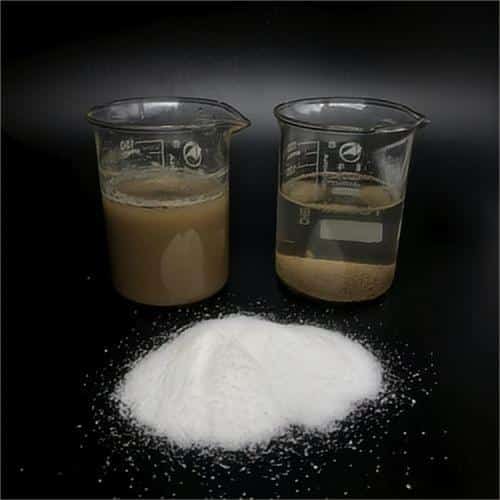
Biological Treatment
Biological treatment involves the use of microorganisms to degrade organic substances in wastewater into simpler substances such as carbon dioxide and water. Biological treatment involves activated sludge, anaerobic and aerobic treatment.
- Activation tank: Using microorganisms to degrade organic matter in wastewater, such as dissolved oxygen in wastewater, such as contact oxidation tank and activated sludge method.
- Aeration treatment: Solid-liquid separation of wastewater through aeration in an aeration tank.
- Anaerobic biological treatment: The degradation effect of anaerobic microorganisms is utilized in anaerobic conditions to purify the organic substances in wastewater. Commonly used methods such as anaerobic ponds, septic tanks, anaerobic digestion of sludge and anaerobic bioreactors. Anaerobic biological treatment of BOD is more efficient, such as anaerobic digestion of BOD loading is generally 3.5kg / (m2 / d), the removal rate of up to 90% or more, and the cost of its treatment is lower than the aerobic treatment, is the domestic sewage sludge, high concentration of organic matter, industrial wastewater and fecal matter is one of the good treatment methods.
Disinfection: Disinfection is designed to kill bacteria and pathogens in wastewater. This is usually accomplished by adding a disinfectant such as chloramine or ultraviolet radiation. Disinfection is done through kuosi sodium hypochlorite machine or a series of disinfection using ozone from an ozone generator.
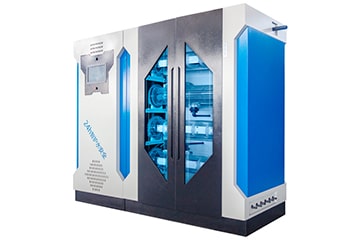
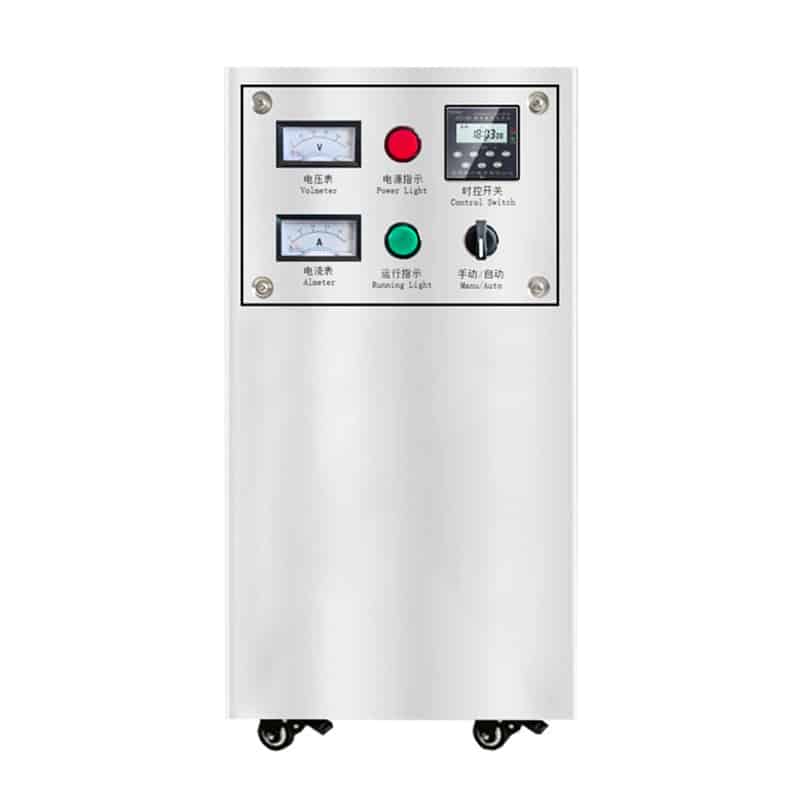
Difference Between Boiler Water And Wastewater Treatment
Boiler water treatment and wastewater treatment are usually two different processes, but there may be some intersection between them. This is because boiler systems generate wastewater during use, and this wastewater may need to receive proper treatment and disposal to meet environmental regulations and standards.
- Boiler wastewater: Boilers may generate wastewater during operation, which may include cooling water, waste hot water, condensate, and discharge wastewater. These wastewaters may contain high temperatures, chemicals, and pollutants and require proper treatment to minimize adverse environmental impacts.
- Wastewater treatment: Boiler wastewater is required to go through a wastewater treatment facility, similar to other industrial or domestic wastewater. The wastewater treatment process usually includes steps such as sedimentation, chemical treatment, biological treatment, and disinfection to remove pollutants and hazardous substances.
- Wastewater recycling: Some industrial and commercial boiler systems may consider reusing treated wastewater, for example, for cooling systems or other purposes. This can reduce water waste and costs.
- Regulations and compliance: The treatment of boiler wastewater must comply with local, national, and international environmental regulations and discharge standards. Non-compliant wastewater treatment can lead to legal problems and environmental pollution.
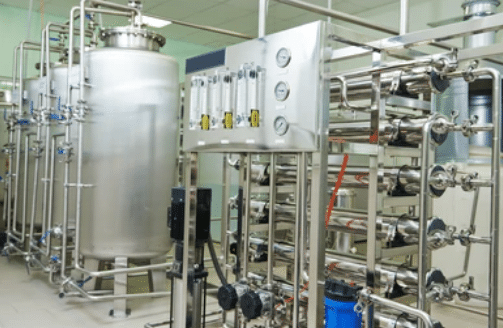
Summary
Untreated wastewater may contain high concentrations of pollutants, which will lead to water pollution when discharged directly into a water body. Through wastewater treatment, we can effectively purify and recycle water resources, reduce dependence on natural water sources, and realize sustainable use.
KUOSI offers wastewater treatment equipment such as filter presses, screw presses, paddle dryers, wastewater screens, roots blowers, dosing systems, and more. Feel free to contact us.
